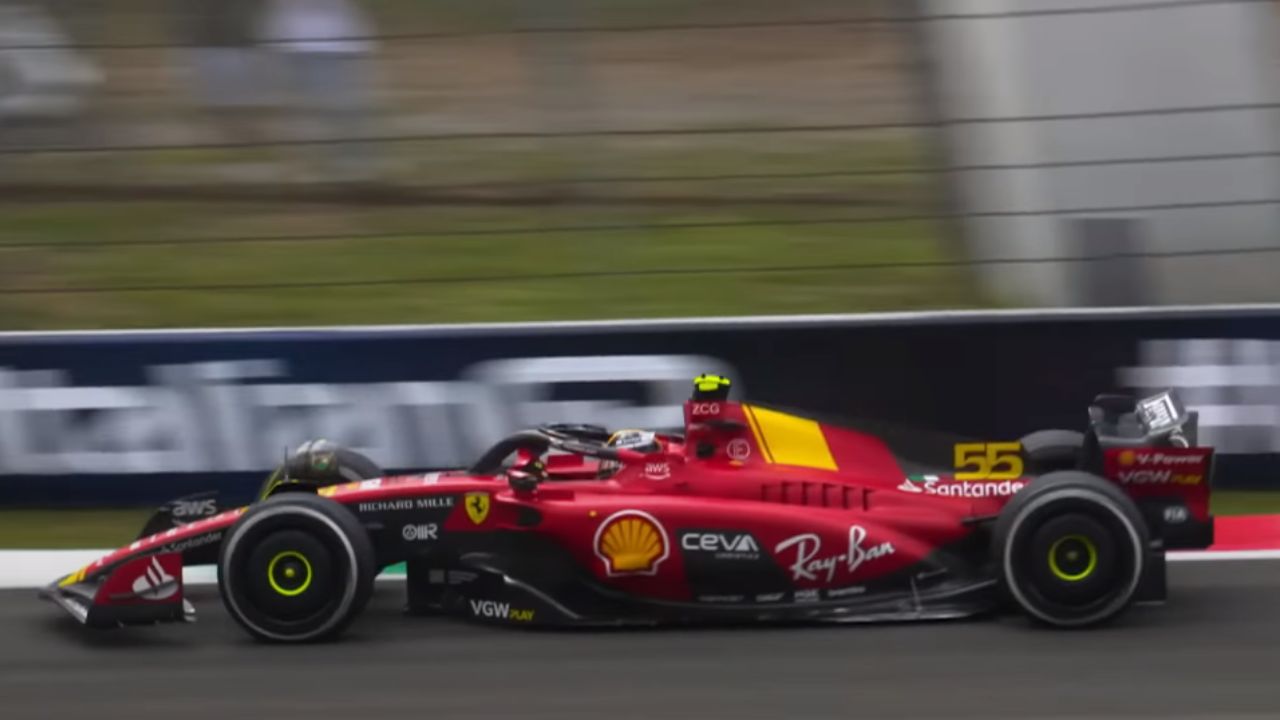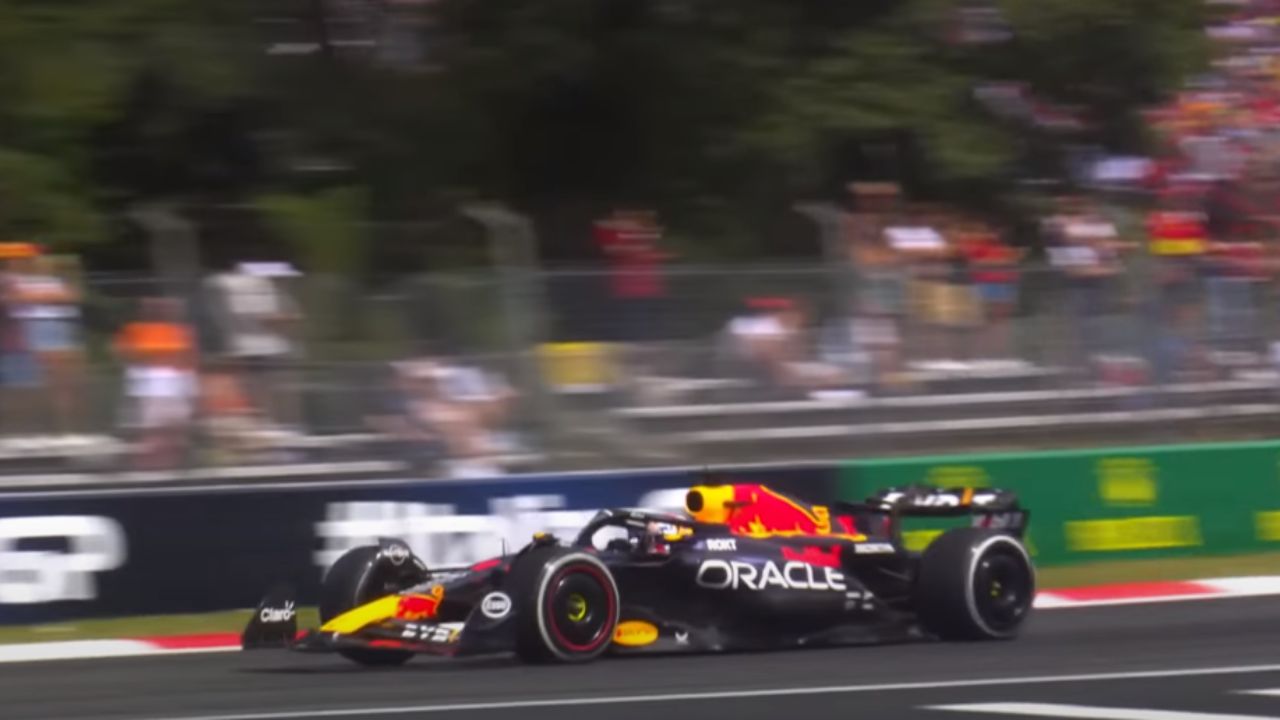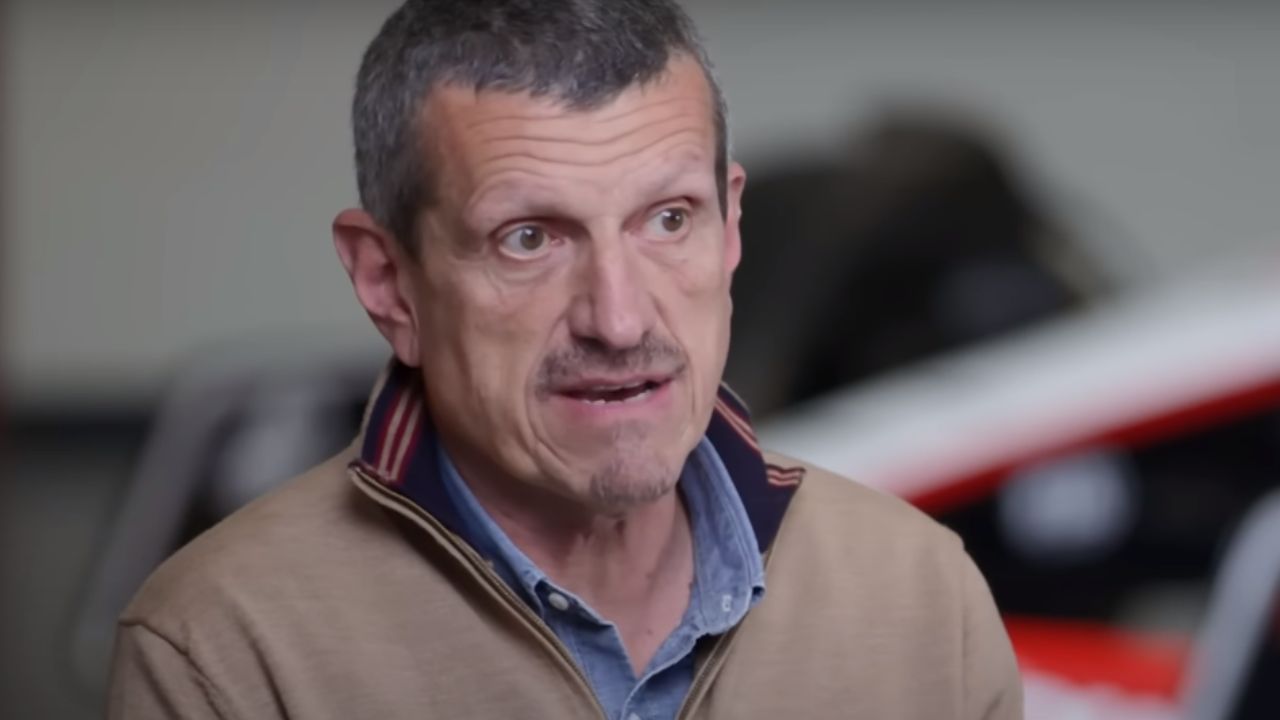In a startling turn of events, Madrid emerges victorious in the fierce competition with Barcelona, securing the hosting rights for the Spanish Grand Prix from 2026 to 2035. The flamboyant shift introduces a brand-new hybrid track, sparking debates and excitement among Formula 1 enthusiasts worldwide. Let’s delve into the intricacies of this surprising development and explore whether Madrid’s grand ambitions can outshine the established allure of Circuit de Barcelona-Catalunya.
Madrid’s Grand Ambitions: A Glimpse into the Future
Madrid’s audacious move involves constructing a state-of-the-art track around the renowned IFEMA exhibition center, promising a thrilling spectacle for F1 aficionados. The ambitious project not only aims to redefine the Spanish Grand Prix but also sets the stage for a compelling showdown between two of Spain’s prominent cities.
Unveiling Madrid’s Racing Marvel: A Hybrid Circuit
Madrid’s track, set to debut in 2026, boasts a unique hybrid design that blends traditional F1 elements with the challenges of a street circuit. A daring departure from conventional tracks, this hybrid marvel aims to inject unpredictability into the races, promising an exhilarating experience for both drivers and fans.

Eco-Friendly Racing: A Step Towards Sustainability
In alignment with F1’s commitment to achieving Net Zero Carbon emissions by 2030, IFEMA Madrid pledges to make the Spanish GP one of the most sustainable races on the calendar. With a focus on reducing carbon emissions and utilizing recyclable materials for temporary structures, Madrid aims to set new benchmarks for eco-friendly motorsports.
Accessibility Redefined: A Track for the People
Madrid’s strategic location, just five minutes away from Madrid-Barajas Adolfo Suarez airport, positions it as one of the most accessible venues in the F1 calendar. The proximity to public transport and local accommodations ensures that a whopping 90% of fans can easily reach the circuit, fostering an inclusive and accessible racing environment.
Economic Boost: Job Creation and GDP Surge
Beyond the adrenaline-fueled races, Madrid’s grand prix promises substantial economic benefits. The event is estimated to generate a staggering $490 million annually, contributing to Madrid’s GDP. Additionally, the project is expected to create 8200 new jobs, marking a significant boon for the local economy.
One more date for the diary! 🗓️
RB will reveal all on 8 February! 👀#F1 pic.twitter.com/ogxSYHhexC
— Formula 1 (@F1) January 24, 2024
Barcelona’s Legacy: A Track Time-Tested but Predictable?
As Madrid gears up for its maiden race, questions linger about whether it can surpass the storied legacy of Circuit de Barcelona-Catalunya. While Barcelona has been a reliable fixture for over 30 years, its familiarity may have led to a sense of predictability, diminishing the thrill for both drivers and fans.
F1 CEO’s Optimism: Barcelona’s Future in the Balance
F1 CEO Stefano Domenicali expresses optimism about the future of Circuit de Barcelona-Catalunya, hinting at ongoing discussions to extend collaboration. Despite Madrid’s innovative approach, the sentimental value and historical significance of Barcelona’s track cannot be overlooked.
Madrid vs. Barcelona: A Racing Rivalry Unleashed
As the spotlight shifts from Barcelona to Madrid, the racing fraternity eagerly anticipates the clash between these two Spanish giants. Will Madrid’s hybrid marvel revolutionize F1 racing, or will Barcelona’s time-tested track maintain its allure? The rivalry promises a thrilling narrative, unfolding on the asphalt for the next decade.
Racing into the Unknown
The Spanish Grand Prix’s relocation to Madrid injects a fresh dose of excitement and uncertainty into the F1 narrative. While Madrid’s hybrid track brings innovation to the forefront, Barcelona’s established charm and history add an emotional layer to this racing saga. As fans brace themselves for the inaugural race in 2026, the true winner remains unknown, and the anticipation for an exhilarating showdown continues to build.






